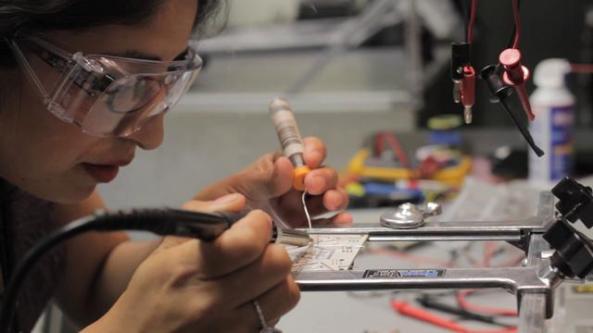Radio amateur Ali Guarneros Luna KJ6TVO has been named a 2013 HENAAC Luminary Honoree.
A NASA Ames Systems Engineer on the TechEdSat CubeSat Project she is committed to encouraging young people to pursue science, technology and engineering careers. In recognition of her achievements, Ali Guarneros Luna KJ6TVO, has been named as one of the 2013 Luminary Honorees by the Hispanic Engineering National Achievement Awards Conference (HENAAC).
Born in Mexico City she now lives in San Jose, California, receiving her BS in Aerospace Engineering at San Jose State University in 2010 and completing her MS in Aerospace Engineering at San Jose State University in 2012.
HENAAC 2013 Luminary Honorees
http://www.greatmindsinstem.org/professionals/luminaries-2013
Radio Amateur Encourages Engineering as a Career
https://amsat-uk.org/2012/03/11/radio-amateur-encourages-engineering-as-a-career/
KJ6TVO “Pursuing My Childhood Dream”
https://amsat-uk.org/2012/07/20/kj6tvo-pursuing-my-childhood-dream/





You must be logged in to post a comment.